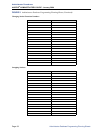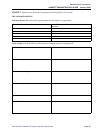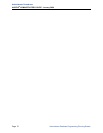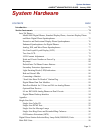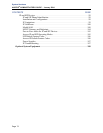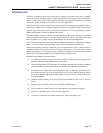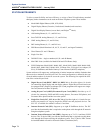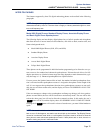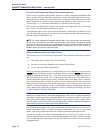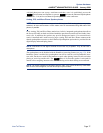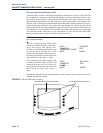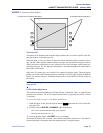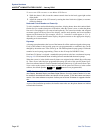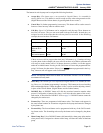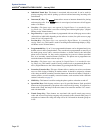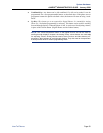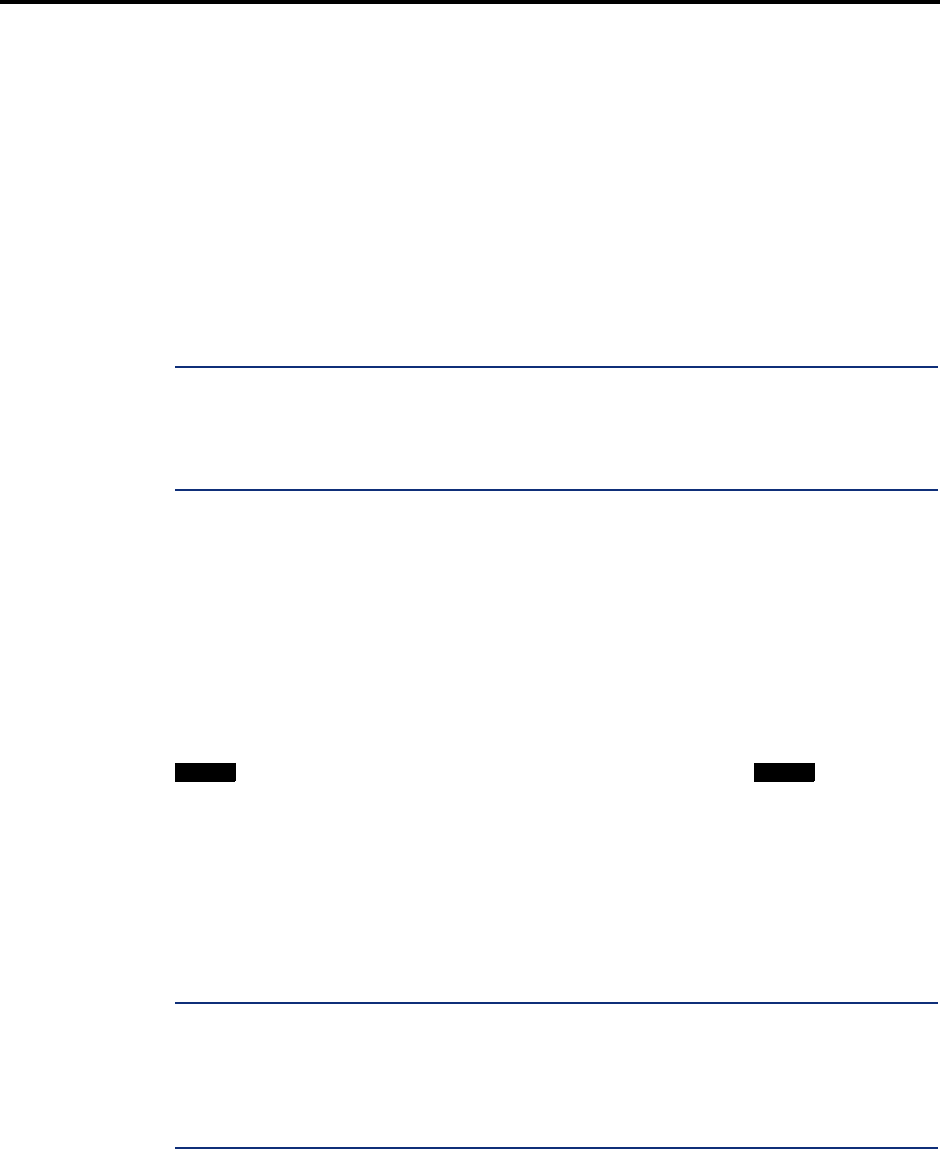
Page 76
System Hardware
AXXESS
®
ADMINISTRATOR’S GUIDE – January 2004
Inter-Tel Phones
Executive and Professional Display Phone Speakerphones
Each Executive and Professional Display Phone has a built-in, integrated speakerphone that
allows on-hook dialing and handsfree operation on outside calls and inside (intercom) calls.
The speakerphone can be used in standard mode or in enhanced mode which allows for full-
duplex operation over a limited volume range (the range depends on trunk characteristics, typi-
cally the range is 1-3). Enhanced speakerphones are explained on the next page.
The Executive and Professional’s speaker can also provide background music (if an external
music source is installed) and is used to receive pages.
A programming option can be used to disable the phone’s speakerphone capabilities. Or, the
user can disable the speakerphone for intercom calls using the Handsfree On/Off and/or Ring
Intercom Always On/Off feature code.
NOTE: On certain handsfree-to-handsfree intercom calls, voice volume levels may cause feed-
back to occur. If this happens; one station user should pick up the handset. Two Display Phones
cannot be in enhanced mode while on a call together; one phone must be off hook to allow the
other phone to enter enhanced speakerphone mode. If both phones are on hook, there is no
benefit to having one phone in enhanced mode.
Enhanced Speakerphones for Digital Phones
The following display and non-display digital phones have enhanced speakerphone capabili-
ties:
• Model 8000 Series Phones (8560, 8520, and 8500)
• Executive, Professional, Standard, and Associate Display Phones
• Axxess and Eclipse Basic Digital Phones
To use an enhanced speakerphone on a Digital Phone, the user establishes a call and presses
(the Special button) and then the Speaker button (or presses and enters the
Enhanced Speakerphone feature code – 310). There will be about one second of white noise at
this point. (Both parties should avoid speaking during this white noise.) This white noise is
used to calibrate the echo-canceling circuitry. After the white noise, there will be a confirma-
tion tone that both parties will hear (except for Executive Display and Professional Display
Phone users who will hear the tone, but the other party will not). Then the user will be con-
nected in an enhanced handsfree call. If the speakerphone cannot be calibrated correctly, due to
trunk conditions, the enhanced speakerphone will not be enabled and the display will show
CANNOT ENABLE ENHANCED MODE.
NOTE: It is normal for an outside party to hear a minimal amount of his or her own echo when
speaking to a Digital Phone in enhanced speakerphone mode. This is usually acceptable to
most callers on local calls and on most long-distance calls. However, on some T1 and long-dis-
tance calls involving significant delays (for example, cross-country T1 calls, overseas calls or
calls via satellite), the amount of echo may be objectionable, and the enhanced speakerphone
mode should not be used on these types of long-distance calls.
If an enhanced speakerphone call is placed on hold and then taken off hold on an Executive or
Professional Display Phone, it remains an enhanced speakerphone call. For all other digital
phones, if the call is placed on hold, the call is returned to standard speakerphone mode.
A station can only have one enhanced speakerphone call. For example, if an Executive or Pro-
fessional Display Phone user makes an enhanced speakerphone call, puts it on hold, and estab-
lishes another enhanced speakerphone call, the first call will be turned back into a standard
speakerphone call.
∞ ∞



